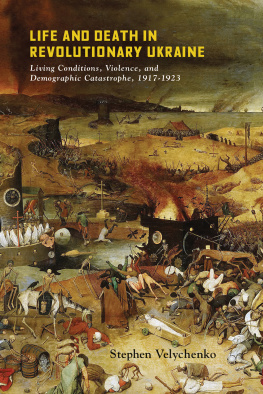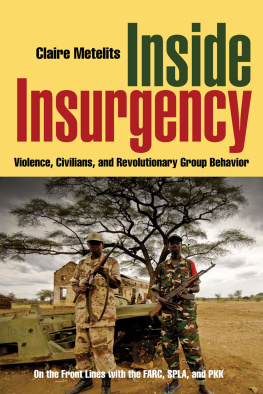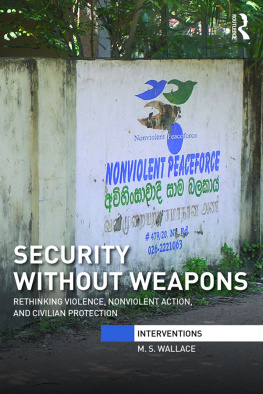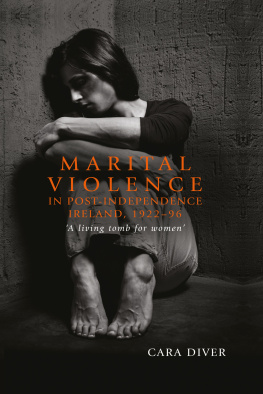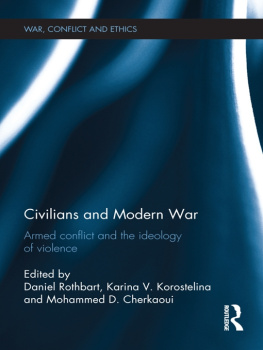Combatants and Civilians in Revolutionary Ireland, 19181923
This book is based on original research into intimidation and violence directed at civilians by combatants during the revolutionary period in Ireland, considering this from the perspectives of the British, the Free State and the IRA.
The book combines qualitative and quantitative approaches, and focusses on County Kerry, which saw high levels of violence. It demonstrates that violence and intimidation against civilians was more common than clashes between combatants and that the upsurge in violence in 1920 was a result of the deployment of the Black and Tans and Auxiliaries, particularly in the autumn and winter of that year. Despite the limited threat posed by the IRA, the British forces engaged in unprecedented and unprovoked violence against civilians. This study stresses the increasing brutality of the subsequent violence by both sides. The book shows how the British had similar methods and views as contemporary counter-revolutionary groups in Europe. IRA violence, however, was, in part, an attempt to impose homogeneity as, beneath the Irish republican narrative of popular approval, there lay a recognition that universal backing was never in fact present.
The book is important reading for students and scholars of the Irish revolution, the social history of Ireland and inter-war European violence.
Thomas Earls FitzGerald is a historian of modern Ireland. He was previously a research fellow at the Centre for Contemporary Irish History at Trinity College Dublin and a James Flaherty research scholar with the Ireland Canada University Foundation at Concordia University, Montreal. This is his first book.
Routledge Studies in Modern History
77 American Planters and Irish Landlords in Comparative and Transnational Perspective
Lords of Land and Labor
Cathal Smith
78 Spain and Argentina in the First World War
The Closest Concert
Carl Cavanagh Hodge
79 The Ending of Tribal Wars
Configurations and Processes of Pacification
Edited by Jrg Helbling and Tobias Schwoerer
80 Neo-Confucianism and Science in Korea
Humanity and Nature, 17061814
Sang-ho Ro
81 International Society in the Early Twentieth Century Asia-Pacific
Imperial Rivalries, International Organizations, and Experts
Edited by Hiroo Nakajima
82 Combatants and Civilians in Revolutionary Ireland, 19181923
Thomas Earls FitzGerald
For a full list of titles, please visit: https://www.routledge.com/history/series/MODHIST
First published 2021
by Routledge
2 Park Square, Milton Park, Abingdon, Oxon OX14 4RN
and by Routledge
52 Vanderbilt Avenue, New York, NY 10017
Routledge is an imprint of the Taylor & Francis Group, an informa business
2021 Thomas Earls FitzGerald
The right of Thomas Earls FitzGerald to be identified as author of this work has been asserted by him in accordance with sections 77 and 78 of the Copyright, Designs and Patents Act 1988.
All rights reserved. No part of this book may be reprinted or reproduced or utilised in any form or by any electronic, mechanical, or other means, now known or hereafter invented, including photocopying and recording, or in any information storage or retrieval system, without permission in writing from the publishers.
Trademark notice: Product or corporate names may be trademarks or registered trademarks, and are used only for identification and explanation without intent to infringe.
British Library Cataloguing-in-Publication Data
A catalogue record for this book is available from the British Library
Library of Congress Cataloging-in-Publication Data
A catalog record has been requested for this book
ISBN: 978-0-367-33352-2 (hbk)
ISBN: 978-0-367-75320-7 (pbk)
ISBN: 978-0-429-31934-1 (ebk)
Typeset in Times New Roman
by codeMantra
Introduction: Cornelius Kelly
The small village of Caherdaniel in County Kerry on Irelands south-west coast has an interesting and layered history. The area contains traces of settlements going back to 2500 BC, ring forts, megaliths and a sixth-century monastic settlement. In the eighteenth century a small but thriving port emerged, specialising in the import and smuggling of wine. The area also has a long political history. In early modern times it was one of the last holdouts of the Gaelic Catholic gentry, who fiercely resisted the extension of the British early modern state into Ireland. In 1775, by which time Ireland had been entirely subjugated to British rule, it was the birthplace of the Liberator Daniel OConnell.
OConnell, more than anyone perhaps, defined the nature of Irish nationalist politics as largely representative of the grievances of Irelands Catholic population. OConnells defence of being charged with and reinforcing sectarian division was that he was simply giving organisation and agency to the most downtrodden and exploited people in Ireland. OConnells legacy is not for Ireland as he can be credited, more than any other political figure in the nineteenth century, with the development of mass participation in democracy. OConnell was not just a Catholic Irish nationalist; he also highlighted the plight of enslaved Africans and appealed for voting rights to be extended to women.
OConnells ultimate goal was for Irish people to have more say in the governance of their country. It is a strange irony that he consistently argued against the use of force to achieve that aim, but southern Irish independence was achieved by force. It is doubly ironic that one of the most unusual and tragic killings in that independence struggle occurred in Caherdaniel.
Cornelius Kelly was the 42-year-old caretaker of the local courthouse in 1920. Kelly was a Catholic; he could read and write, and spoke English and Irish. He had been married to Bridget for seventeen years and had a ten-year-old daughter, Mary.
Kelly was murdered on the evening before St Patricks Day 1920. The two years before his death had seen extraordinarily unforeseen and rapidly accelerating changes throughout Europe, within Ireland and even in Caherdaniel. Czarist Russia had fallen apart in revolution; Germany had been defeated and the Kaiser had abdicated; the Austro-Hungarian empire had dissolved and a slew of new nation states were established in its place. Eastern and Central Europe from Finland through to the Balkans was beset by civil strife, invasions, insurrections and civil wars. All this time profound political change had been underway in Ireland, and in Caherdaniel itself the police force had been compelled to abandon their barracks in the village.
Nationalism, together with the question of landownership and Catholic political and civil rights, had defined Irish political life well before the establishment of the Union of Great Britain and Ireland in 1801. By 1918 the constitutional nationalist home rule party that had dominated Irish politics since the 1880s was increasingly seen as outdated and unfit to deal with current Irish problems. In the spring of 1918 an increasingly intransigent British government failed to deliver promised land reforms, continued to pander to Ulster unionists, seemed uninterested in delivering Home Rule and threatened to extend conscription to Ireland. Many Irish nationalists now saw the republican platform offered by the newly emerging Sinn Fin as more capable than the Home Rule party of standing up to the British government.


